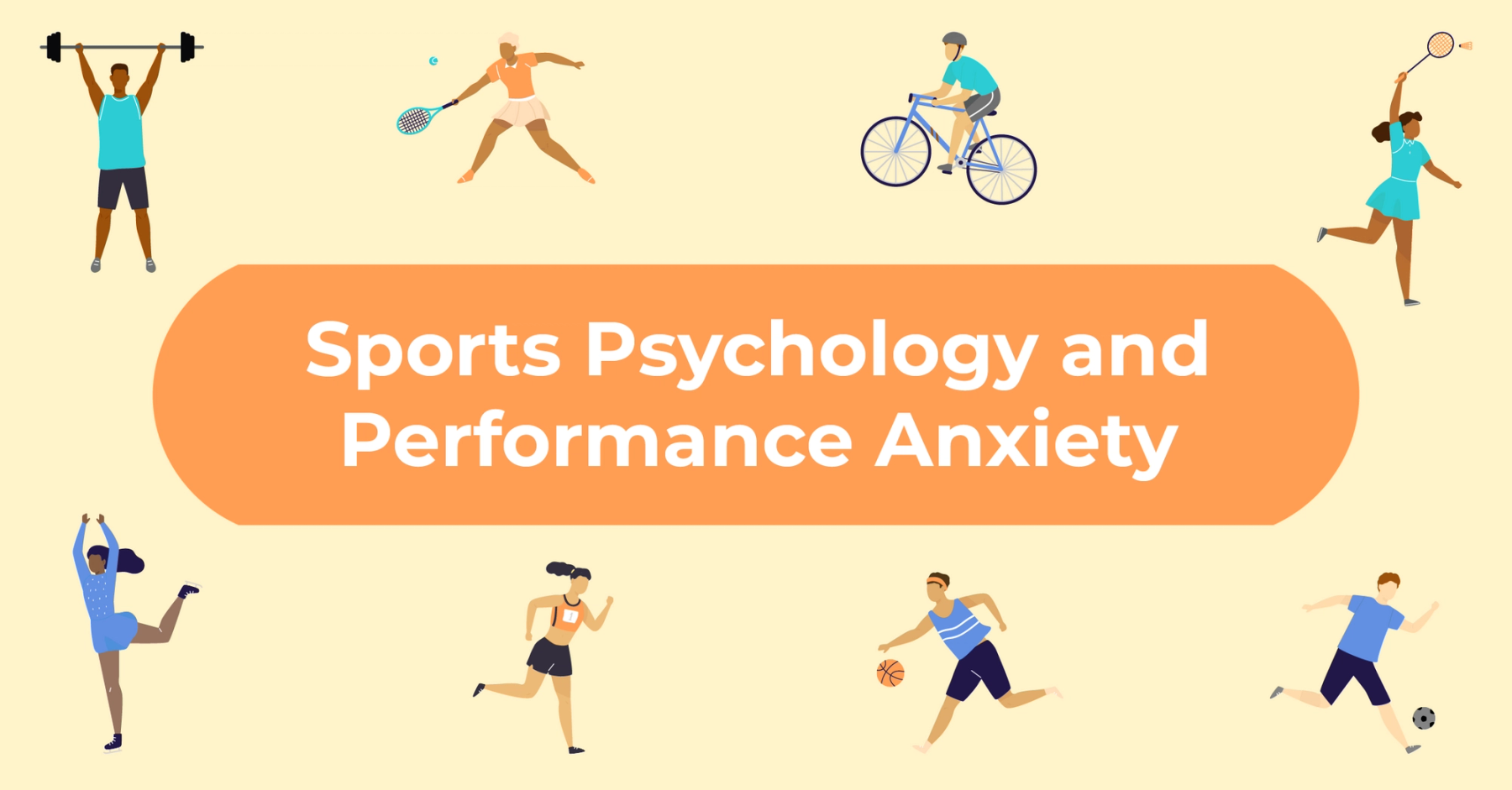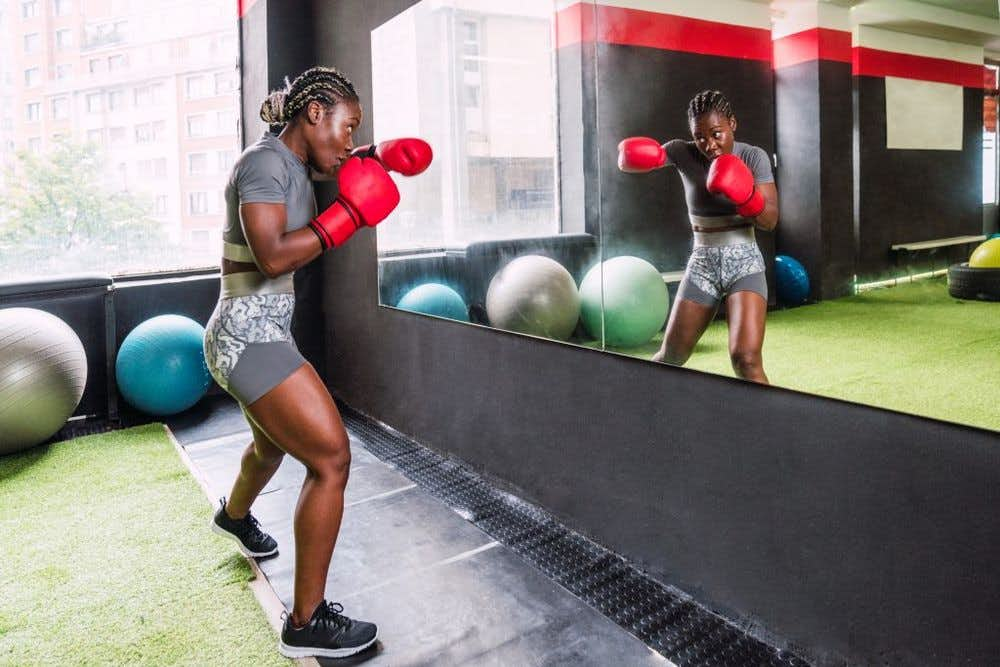November 10th, 2021

Within the past decade or so we have been hearing a lot about sports psychology and to many, it appears to be a new branch of psychology. However, sport psychology has been in existence for well over 120 years. In 1898, Norman Triplett, a psychologist at Indiana University, published a study in which he measured a cyclist racing against the clock alone versus racing against the clock in the presence of other cyclists. He found that a cyclist performed better in the presence of others, and sports psychology was born.
Sports psychology has grown over the last century and now draws from the knowledge base of many diverse but related fields such as neurosciences, nutrition, kinesiology, biomechanics, motivation/learning theory, and biofeedback. In addition, sport psychology is made up of two branches, clinical and applied. Clinical sport psychology addresses the mental health challenges that might be seen in any psychotherapy session – depression, trauma, eating disorders, substance use but an athlete or coach is the client. A clinical sport psychologist can also help a coach, team or organization understand how mental health issues can impact an athlete and how the team/organization can respond.
The other branch, applied sport psychology, is what most people think of when it comes to sport psychology – performance enhancement. Applied sport psychology looks to improve a competitor’s performance by teaching techniques to strengthen the mental aspect of the athlete’s game. There are strategies for emotion management, motivation, goal setting, teamwork, joy in performing, distraction/focus, fear of failure, and performance anxiety. This article will focus on performance anxiety and some tips on how to manage it.

When discussing emotions and how to deal with them there must be an understanding that all emotions are natural and have a purpose. “Negative” emotions such as fear, sadness, anger, or anxiety are not evolutionary mistakes, they are necessary and signal us that something is wrong or needs our attention.
Emotions become problems when they overwhelm us and interfere with our lives. Because all emotions are natural and necessary, we can never rid ourselves of these emotions, but we can be better at understanding them and dealing with them. Our goal is to learn how to better manage these emotions, so the emotions don’t control our lives.
Anxiety can be a difficult emotion to define, but we know it when we feel it. For the sake of discussion, let’s define it as a feeling of uneasiness, or a sense of dread. Anxiety can vary in intensity from a nagging voice about a specific upcoming event to a deep sense of impending doom and immediate fear for one’s life. Anxiety can feel like a low hum in the background that creates a constant state of agitation and dis-ease, or it can create a tidal wave of fear that seems to wash us away.

In sports, some anxiety or arousal (in psychological terms) is a good thing. Feeling a little anxious about doing our best gives us that edge that motivates us and keeps us focused. Without that anxiety we would never practice hard or study the game – we would just show up and wing it.
However, too much anxiety will cripple our ability to perform, causing panic, distraction, self-doubt, feeling disorganized, complete loss of confidence, or shutting down. Or it can lead to feeling so wound up that we expend too much energy too soon, causing exhaustion in mid-performance. These are symptoms of Sports Performance Anxiety – fear about our ability to perform a task.
In addition to the above, Performance Anxiety can also manifest as:

There are several strategies to combat performance anxiety and they range from simple to complex. Many of the techniques require time, practice, and some initial instruction/guidance. One technique that can be done anywhere at any time – even in a crowded subway train – is deep breathing. This can be done before and during a performance. When done properly it can have an immediate calming and refocusing effect. Deep breathing takes minimal instruction and we are going to start right now.
Most people when taking a deep breath pull up their shoulders and lift their chest when inhaling. This is a shallow way of breathing, only partly filling the lungs. It ends up creating more tension by tensing the shoulder and neck muscles. This increase in physical tension adds to the anxiety.
The key to deep breathing is focusing on the diaphragm rather than the chest and shoulders. To get the motion of diaphragmatic breathing, imagine filling the stomach with a balloon as we inhale. Doing so activates the diaphragm which pulls more air into the lungs and more fully oxygenates the body.
An easy way to practice is to put one hand on the abdomen and one hand on the chest. Watch the hands while inhaling. Fill the balloon in the stomach and notice the hands moving together. If the chest is moving and the abdomen is not, try again focusing more on expanding the abdomen. Do this for at least one minute and the performance anxiety should start to ease. Try this for 5 minutes and the anxiety should decrease significantly. That’s it! It's simple, effective, and can be done anywhere.
To take this technique to another level, other elements such as introducing a mantra, a calming word, or visualization can be added. While this exercise can be quite effective, there is no one technique for performance anxiety that works for everyone. Keep in mind that it may be necessary to try different strategies to find the one which works best for you.
Written By: Frank Sassetti, PsyD
At Clarity Clinic, we have highly trained staff who specialize in therapy and psychiatry services. To learn more about how we can support your mental health, call Clarity Clinic on (312) 815-9660 or schedule an appointment today.

Our Services
Virtual/Online CarePHP and IOPAdult PsychiatryChild & Adolescent PsychiatryAdult TherapyChild & Adolescent TherapyCouples CounselingFamily TherapyGroup TherapyPsychological TestingTranscranial Magnetic Stimulation (TMS)Resources
Refer a PatientCareersClinical Training OpportunitiesOur ProvidersFree Mental Health TestsCommonly Prescribed MedicationsLocationsBlogIn The NewsClarity Through CharityClarity for AllQuick Links
Patient PortalFAQsAccepted InsurancesContact us